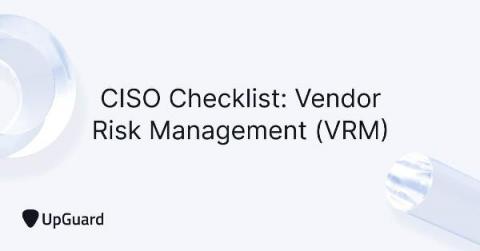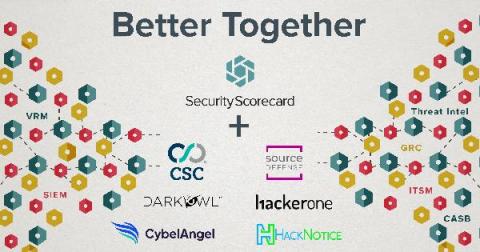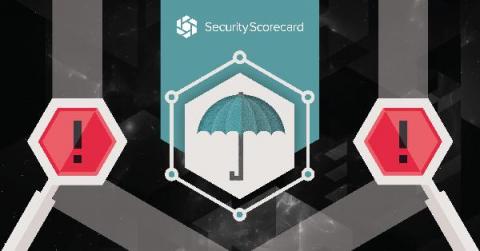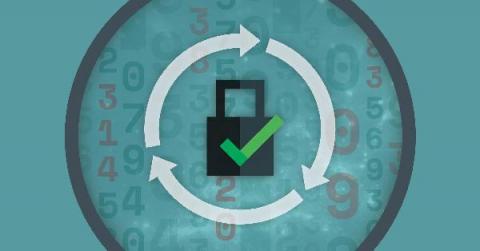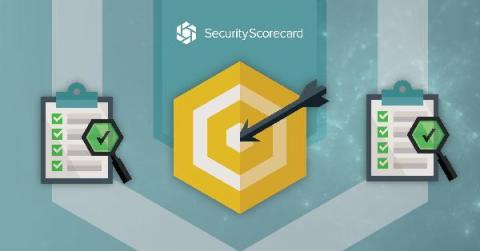What is SOX Compliance? Requirements & Controls
Although the Sarbanes-Oxley Act of 2002 (SOX) has been around for nearly two decades, many companies still struggle to meet compliance requirements. Initially enacted in response to public companies mishandling financial reporting, SOX is a compliance requirement for all public companies. Understanding SOX compliance, as well as its requirements and controls, helps organizations create more robust governance processes.



